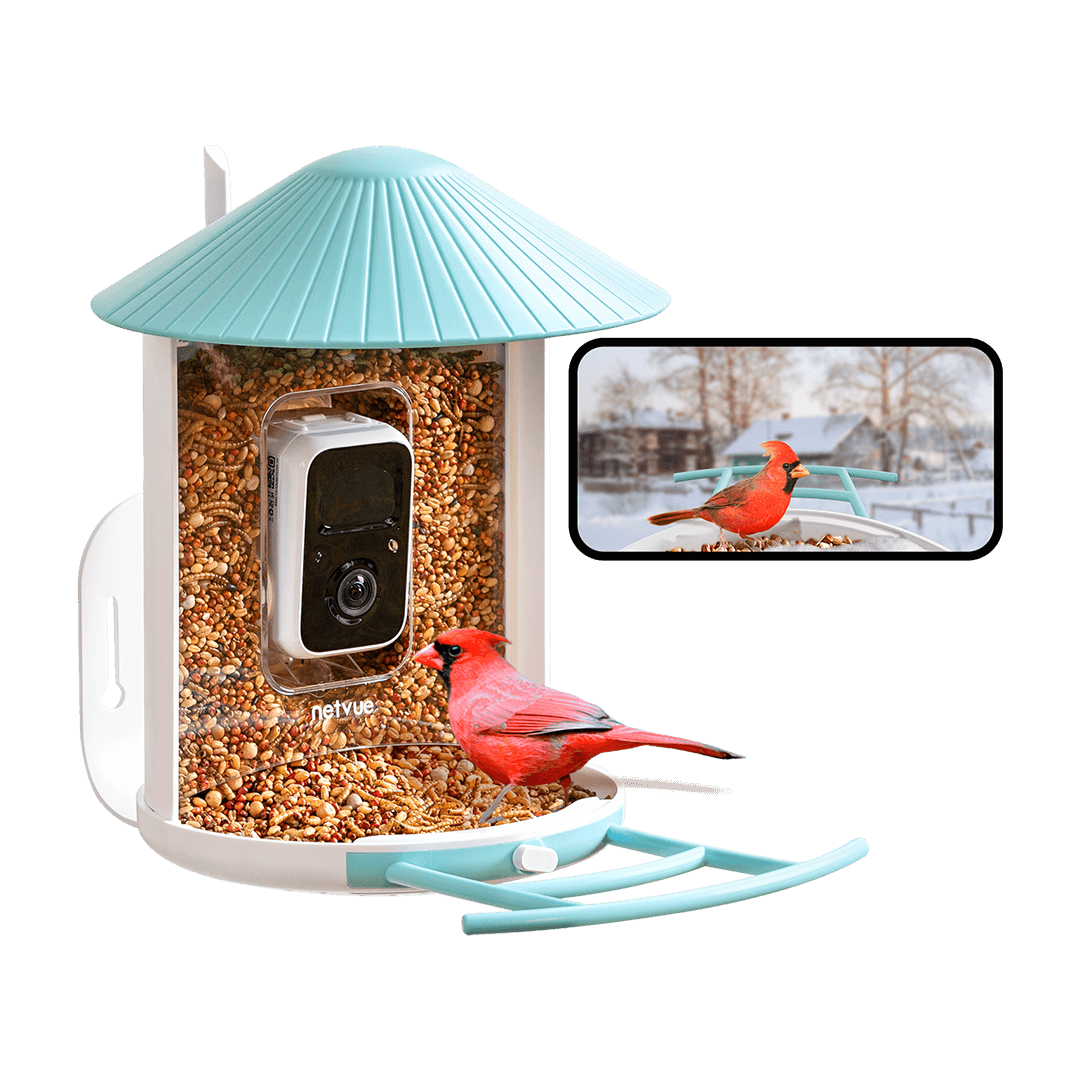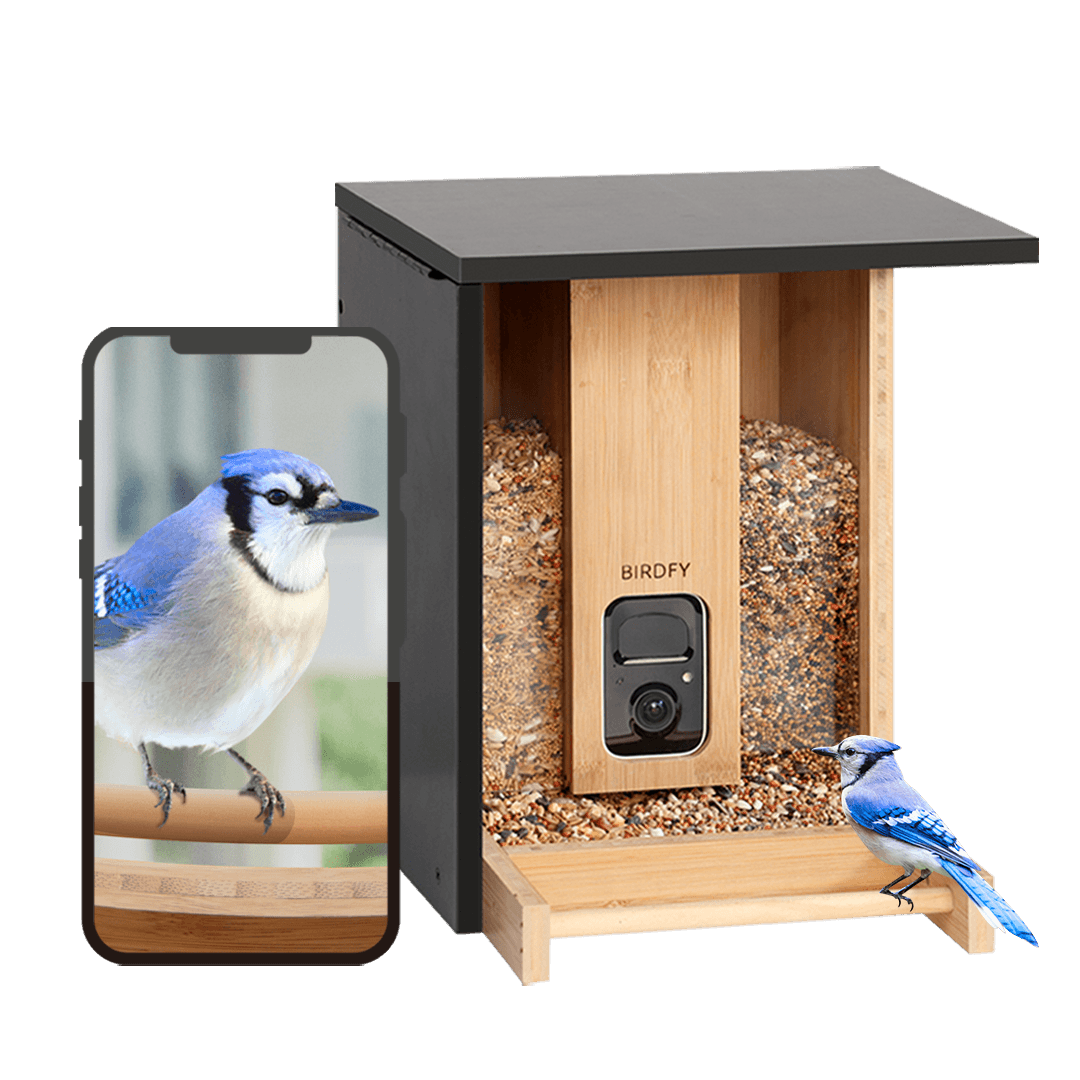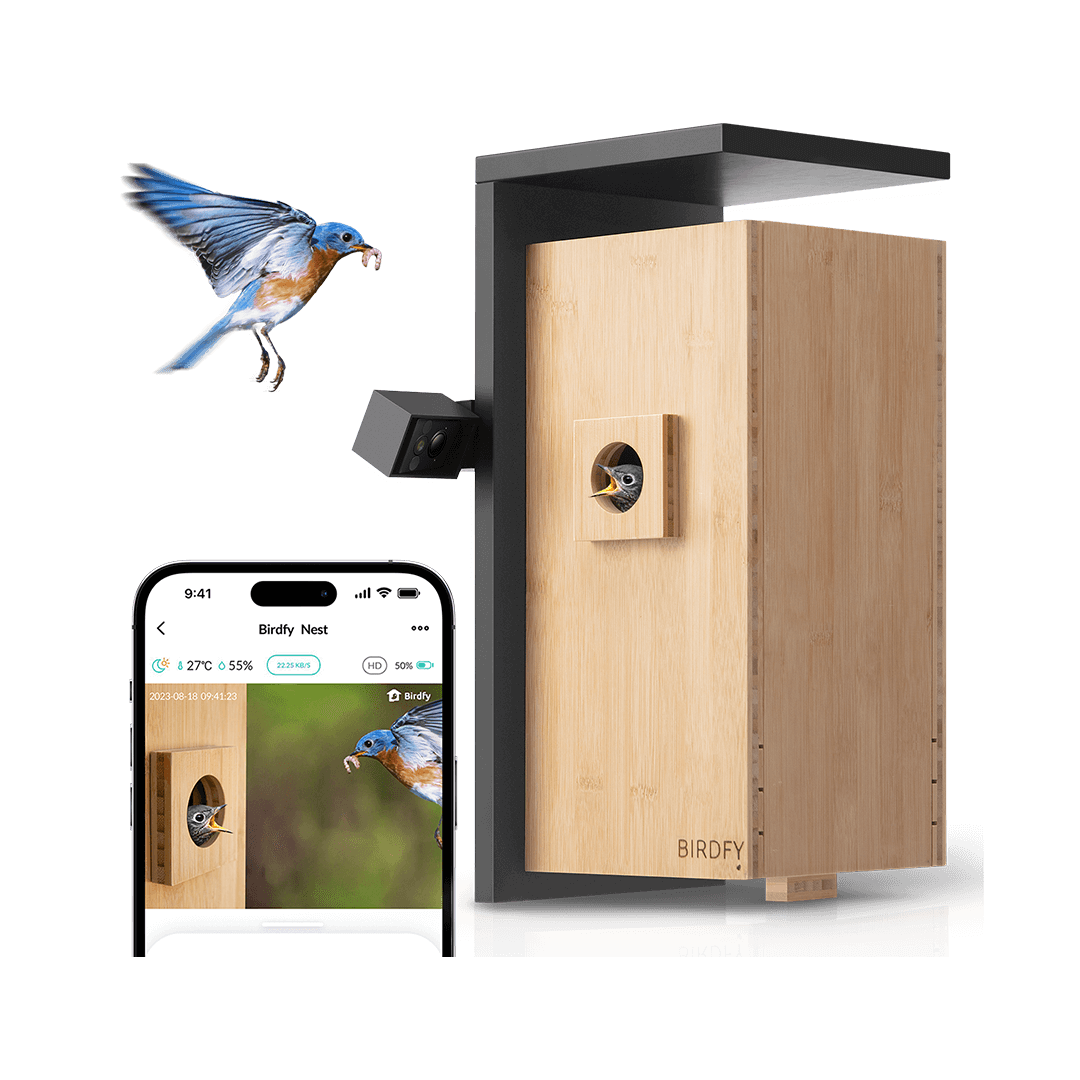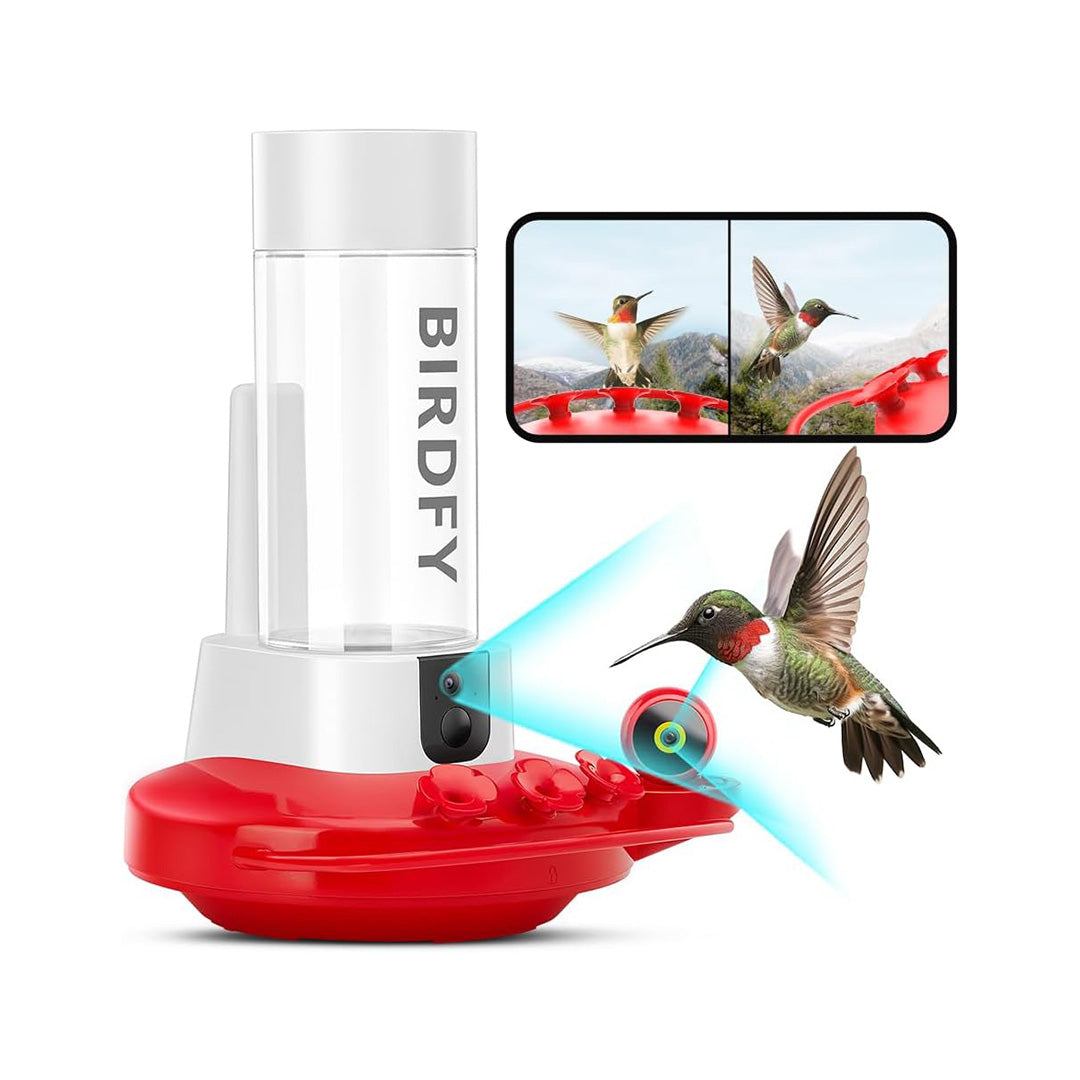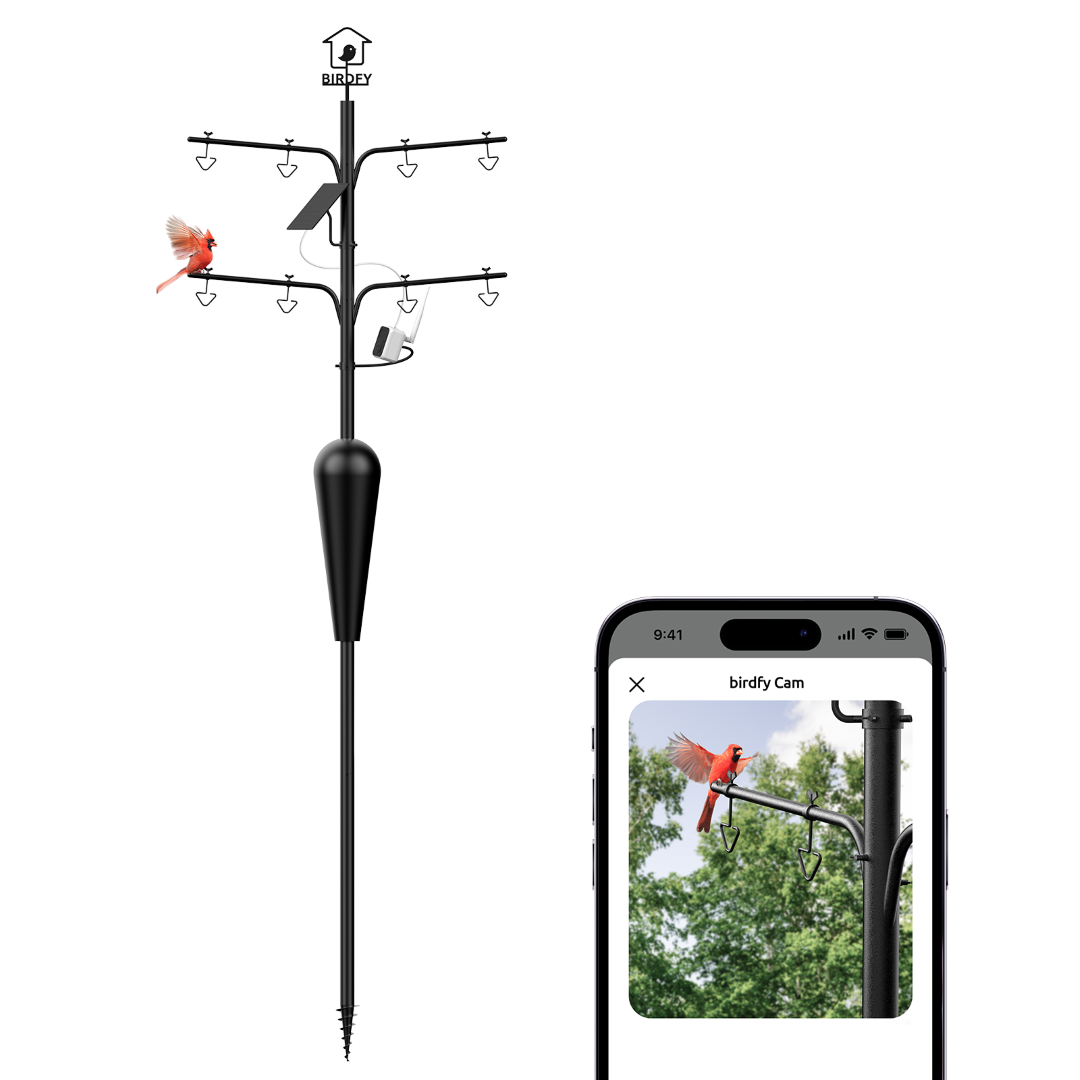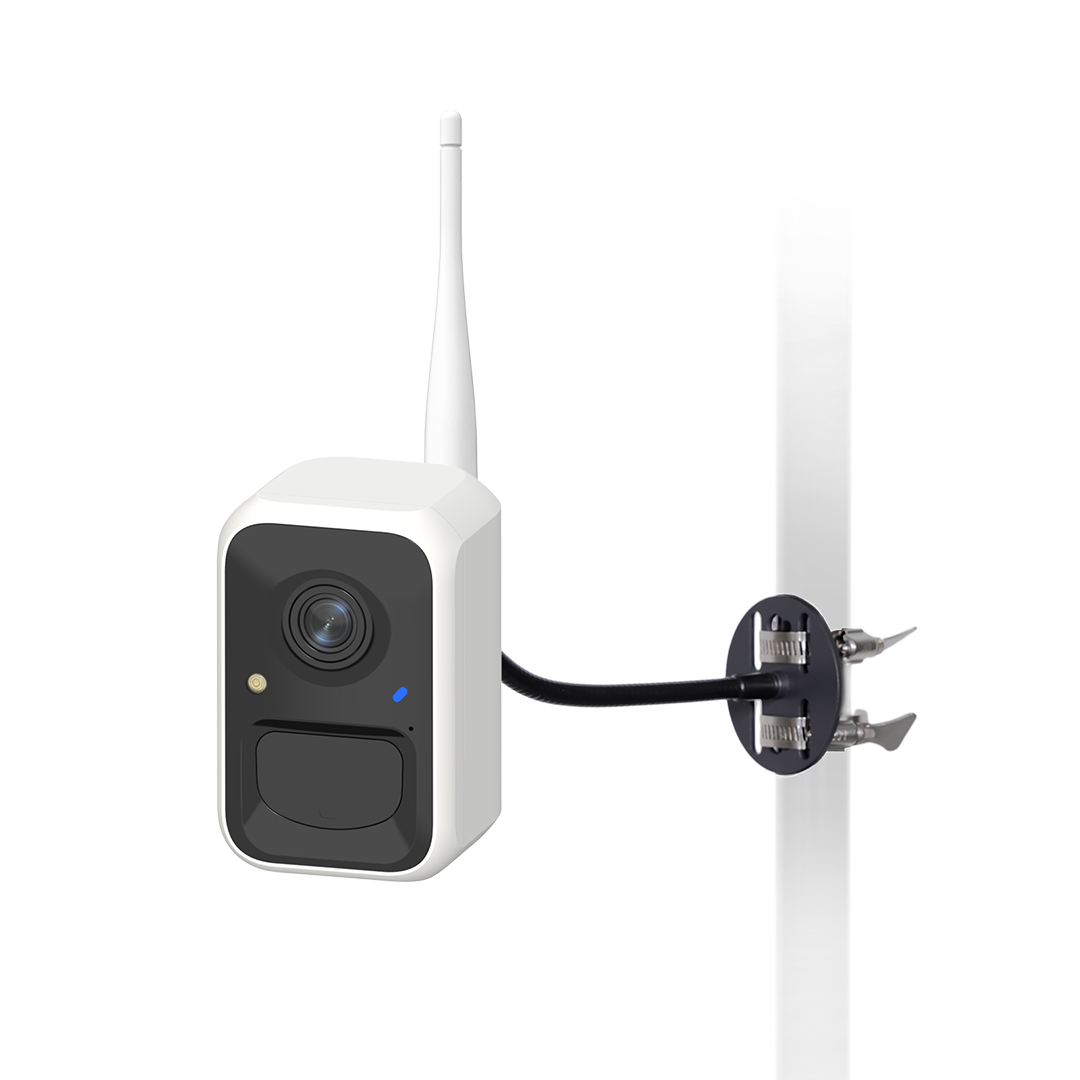Bird Introduction-Black-capped Chickadee
The black-capped chickadee is a small, non-migratory, North American songbird that lives in deciduous and mixed forests. The black-capped chickadee has a black cap and "bib" with white sides to the face. Its underparts are white with rusty brown on the flanks. Its back is gray and the tail is normally slate gray.
Scientific Name: Poecile atricapillus
Common Name: Black-capped Chickadee, Chickadee
Lifespan: less than 2-3 years
Size: 4.7–5.9 inches
Weight: a half-ounce (12 grams)
Wingspan: 6.3–8.3 inches
They are found year-round from New England to the West Coast. In the West, their range extends as far south as New Mexico. In the east, they follow the Appalachian Mountains south to Georgia. Canadian residents and Alaskans can observe black-capped chickadees near their homes as well.
Chickadees may be found in any habitat that has trees or woody shrubs, from forests and woodlots to residential neighborhoods and parks, and sometimes weedy fields and cattail marshes. They frequently nest in birch or alder trees.
Chickadees are one of the easiest birds to attract to feeders, for suet, sunflower, and peanuts. They readily visit window feeders. The Black-capped Chickadee hides seeds and other food items to eat later. Each item is placed in a different spot and the chickadee can remember thousands of hiding places. Chickadees will take seeds from feeders and trays over to a tree branch to hammer them open.
Black-capped chickadees usually breed only once a year. And their hatchlings are altricial, naked with their eyes closed. Nestlings are fed by both sexes but are brooded by the female only. Young leave the nest 12–16 days after hatching, in great part because the parents start presenting food only outside the nest hole. The young are still fed by the parents for several weeks but are capable of catching food on their own within a week after leaving the nest.
The most similar species of Black-capped chickadee is Carolina Chickadee.
Carolina and Black-capped chickadees have very little range overlap, so check range maps, strong contrast in the wings and the very large white cheek patch, and listen to Carolina's 4-noted song(Black-capped chickadee: See-bee or See-bee-ee/ Carolina Chickadee: See-bee--see--bay).





February 26, 2024
—
Support Customer

